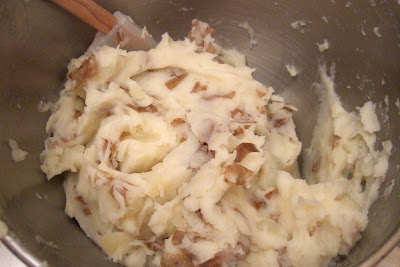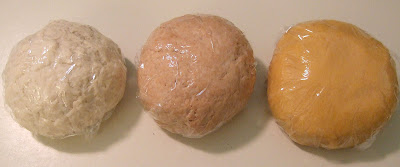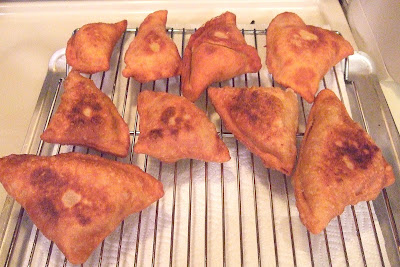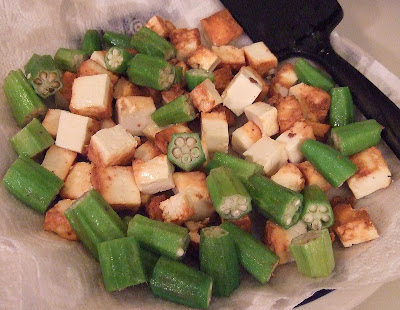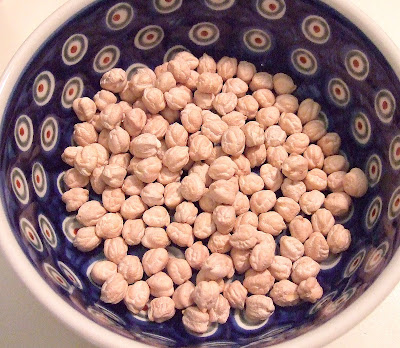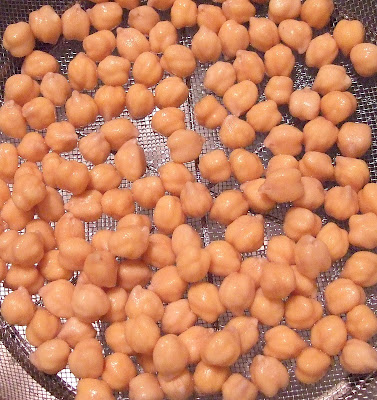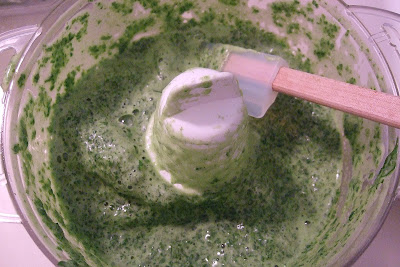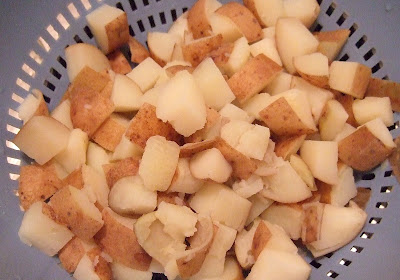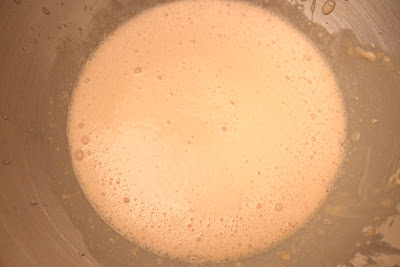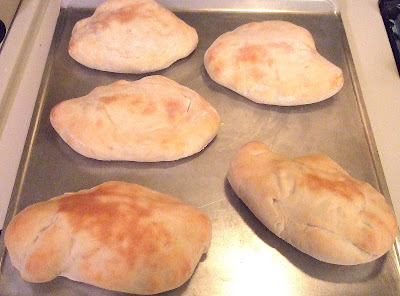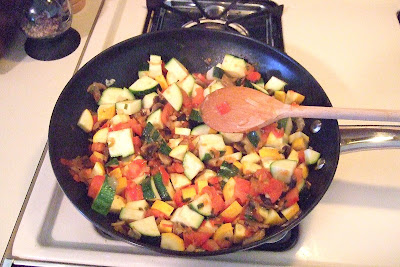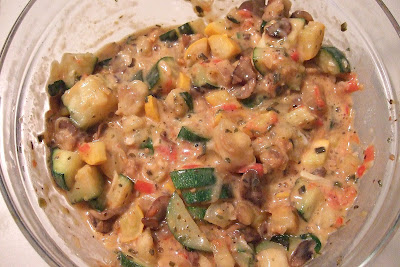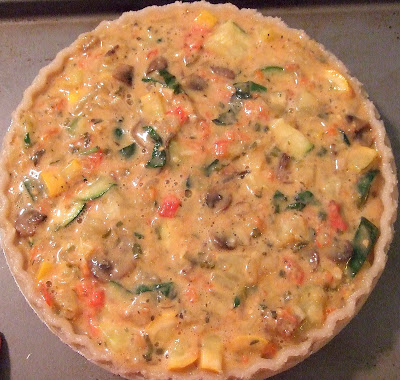
Remember about a month ago when I asked if anyone knew anything about Subaru Foresters and/or Jeep Patriots? Well, we made a decision and bought a 2008 Subaru Forester.
How did we decide? Well, it was really about John's final choice since it's the car he'll be driving most of the time. Here's his commentary on why:
"We basically took the entire summer to research and compare vehicles. Functionally, the Forester and the Patriot appeared very similar. They're actually nearly identical in size too although at first glance they don't appear to be."

"We test drove both vehicles 2 or 3 times. Then we arranged an extended test drive of both vehicles (I highly recommend that if your dealer gives you the option). Unknown to the dealers, I actually scheduled these test drives simultaneously. We had both the Forester and the Patriot for a full day one Saturday during which time we drove them both on our own "test track loop" and also compared all their features side-by-side in the driveway.

"Here are the main observations we made that we felt were significant:
* Forester handled much more comfortably -- the Jeep drives like a "Jeep."
* Forester is constructed much nicer in the interior -- the Jeep feels like a $16K vehicle.
* Forester would most likely get mid-20s mpg, but so would the Jeep.
* Patriot's front fold down seat option was very appealing
* Patriot's cargo area is wider at it's smallest width; Forester's cargo area is longer (but you can use the Patriot's fold down front seat to increase your length to up to 8').
* Forester's cargo area is taller
* Total cargo capacity in the Forester is larger in terms of cubic feet but the Patriot's cargo area seemed more flexible -- however, with the back seats up in a normal driving situation (think grocery store, etc.) the Forester's cargo area is bigger and more accommodating.
* Stock stereo systems in both were nicely featured but sound pretty awfully average
* Seats in both were comparable in comfort
* Forester has less leg room in the back seats than the Patriot, that's accomplished in the Patriot at the expense of less standard depth in the cargo area.
* The power of both vehicles was pretty equal but the Forester is much quicker to respond "off the line" (neither gets you off the line fast though). The Jeep in general felt sluggish but I think that was partly the CVT and partly the feel of the "Jeep" ride.
* Roof rack on the Forester is easier to reach.
* Forester comes ready for towing; Jeep needs tow prep, etc. -- Forester is also rated for higher towing capacity.
* Both are AWD -- if you really need 4x4 low option, then you'd probably need the Jeep. After conferring with numerous offroaders and people familiar with where we'd use our vehicle, we decided that for the 1% of the time we'd actually need that 4x4 low, we'd just rent a 4x4 for the day.
* Forester at this point has a pretty solid reputation; Patriot has little/no track record to compare
* Jeep has the new lifetime power train warranty; we opted to just buy an extended warranty for the Subaru
* Subaru is partial zero emissions (PZEV); Jeep's emissions are much higher
* Subaru's powered front seat (Premium Package) is nice
* Subaru's basic features (non-Premium Package) can only be had in the Jeep by adding various option packages
"In the end, we basically concluded although it was a little more expensive, the Subaru was just a much nicer vehicle and therefore the price tag difference made sense to us -- you probably get what you pay for."
"However, if I couldn't afford the Subaru, I would have been happy with the Jeep Patriot. If by chance you have offroad considerations, I found Youtube to be quite helpful. Search for Subaru Forester and there are many videos showing its offroad capabilities."

By the way, in terms of fitting the new car in the garage, John and I diligently reorganized our stuff, brought things to storage and made plenty of room. We thought that it would be tight, but it turned out that it was no tighter than with my Honda 1997 Accord. In fact, the Subaru is narrower, except for the large side mirrors that came with the premium package. The premium package is the way to go: heated front seats, electrical adjustable driver's seat, and more.
John's still getting used to driving it because it's much bigger than his old VW Jetta, but I can tell he enjoys the ride.
What are you driving, and why?
